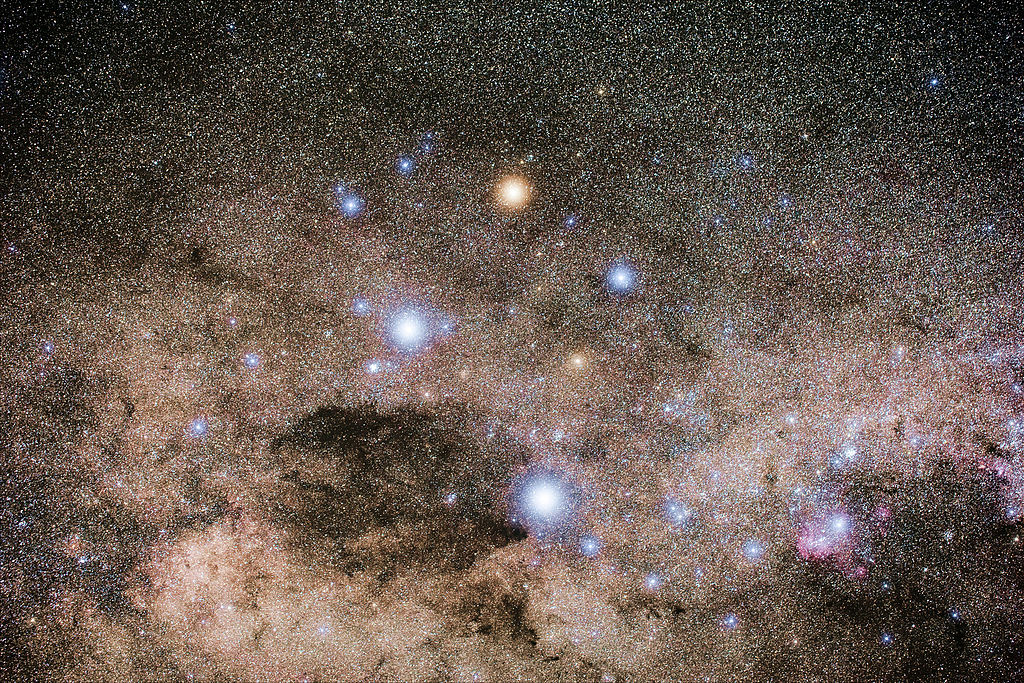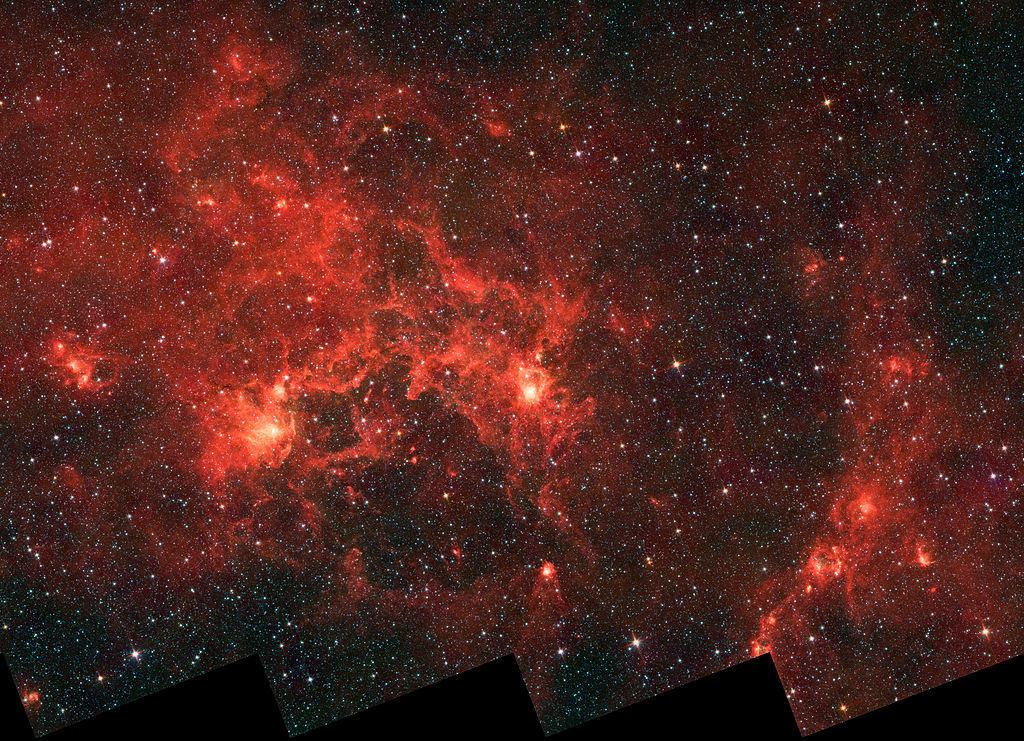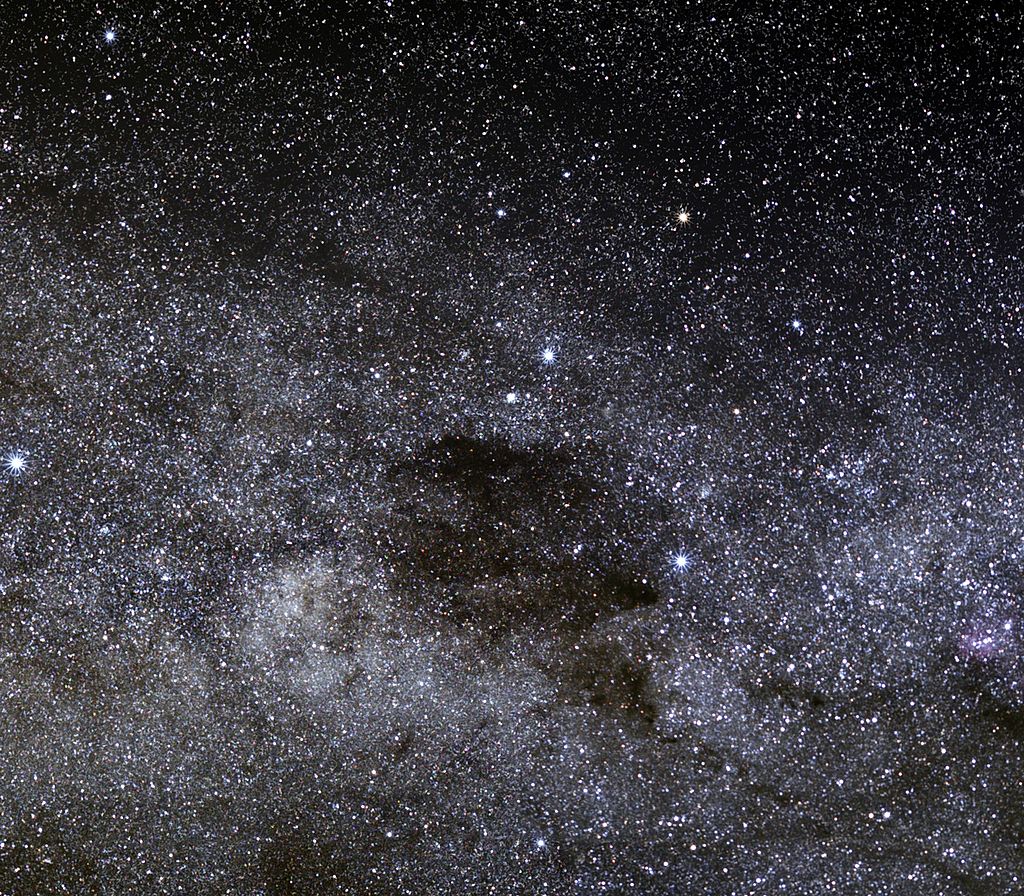
By IAU and Sky & Telescope magazine (Roger Sinnott & Rick Fienberg) [CC-BY-3.0], via Wikimedia Commons
"The Southern Cross"

By IAU and Sky & Telescope magazine (Roger Sinnott & Rick Fienberg) [CC-BY-3.0], via Wikimedia Commons
Abbreviation: Cru
Genitive: Crucis
Position: Southern Hemisphere
Best seen: May at 21:00
Constellation family: Hercules
Nearest constellations: Centaurus and Musca
Right ascension: 12.45h
Declination: -59.97°
Visible between latitudes: +20° and -90°
Square degrees: 68
Luminary: Acrux (Alpha Crucis)
Named stars: Acrus, Becrux, Gacrux
Notable deep sky objects: NGC 4755 (the Jewel Box), Coalsack Nebula
Crux is located in the Southern Hemisphere and is best seen in May. Crux is the smallest official constellation; however, it is also one of the most distinctive constellations in the Southern Hemisphere. It contains Acrux, the thirteenth-brightest star in the night sky, and historically Crux was frequently used by sailors to determine the position of the south pole.
Crux is represented in the national flags of Australia, Brazil, New Zealand, Papua New Guinea, and Samoa.
There is no mythology associated with this constellation.
Photograph of Crux:

By Naskies [CC-BY-SA-3.0], via Wikimedia Commons
Dragonfish Nebula:

By NASA/JPL-Caltech/Univ. of Toronto [Public domain], via Wikimedia Commons
NGC 4755 (the Jewel Box):

By NASA/ESA and Jesús Maíz Apellániz (Instituto de Astrofísica de Andalucía, Spain) [CC-BY-4.0], via ESO
Coalsack Nebula:

By ESO/S. Brunier [CC-BY-4.0], via Wikimedia Commons